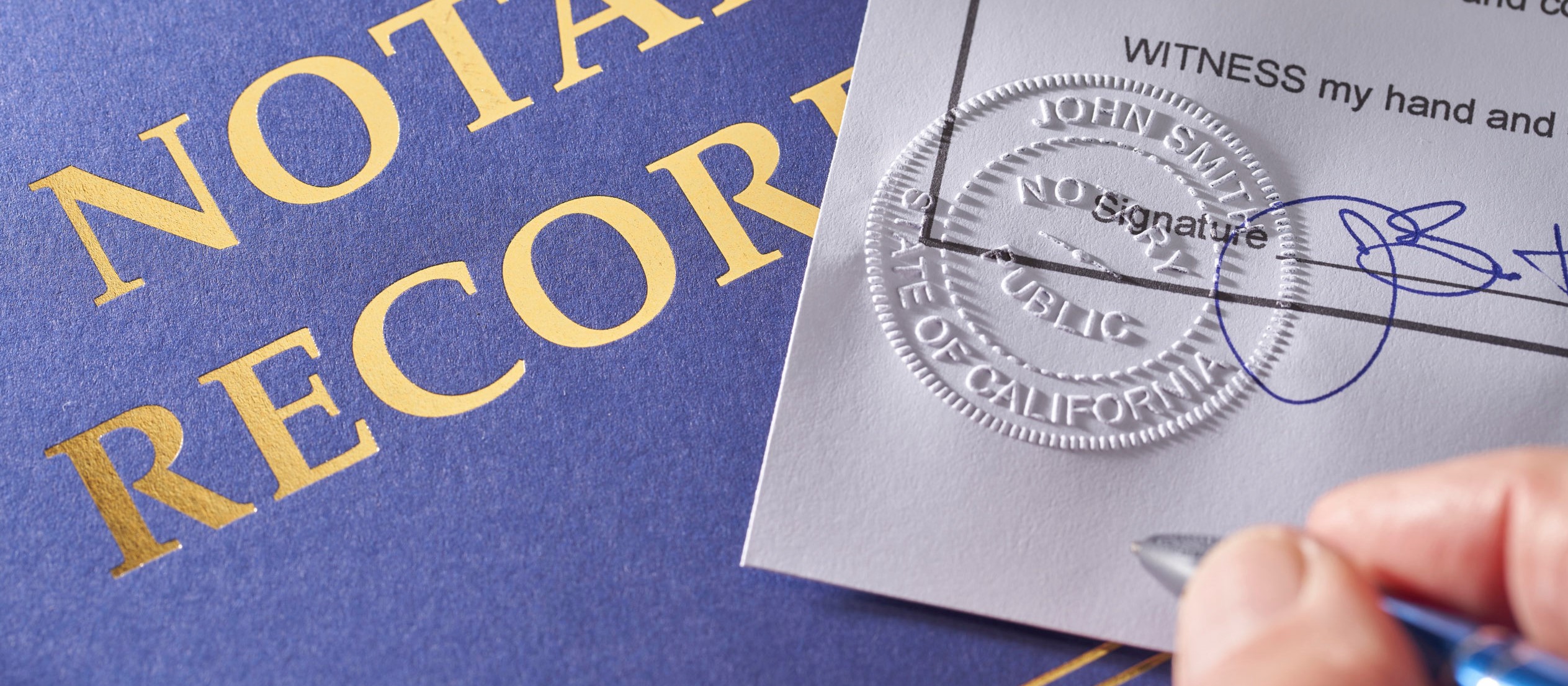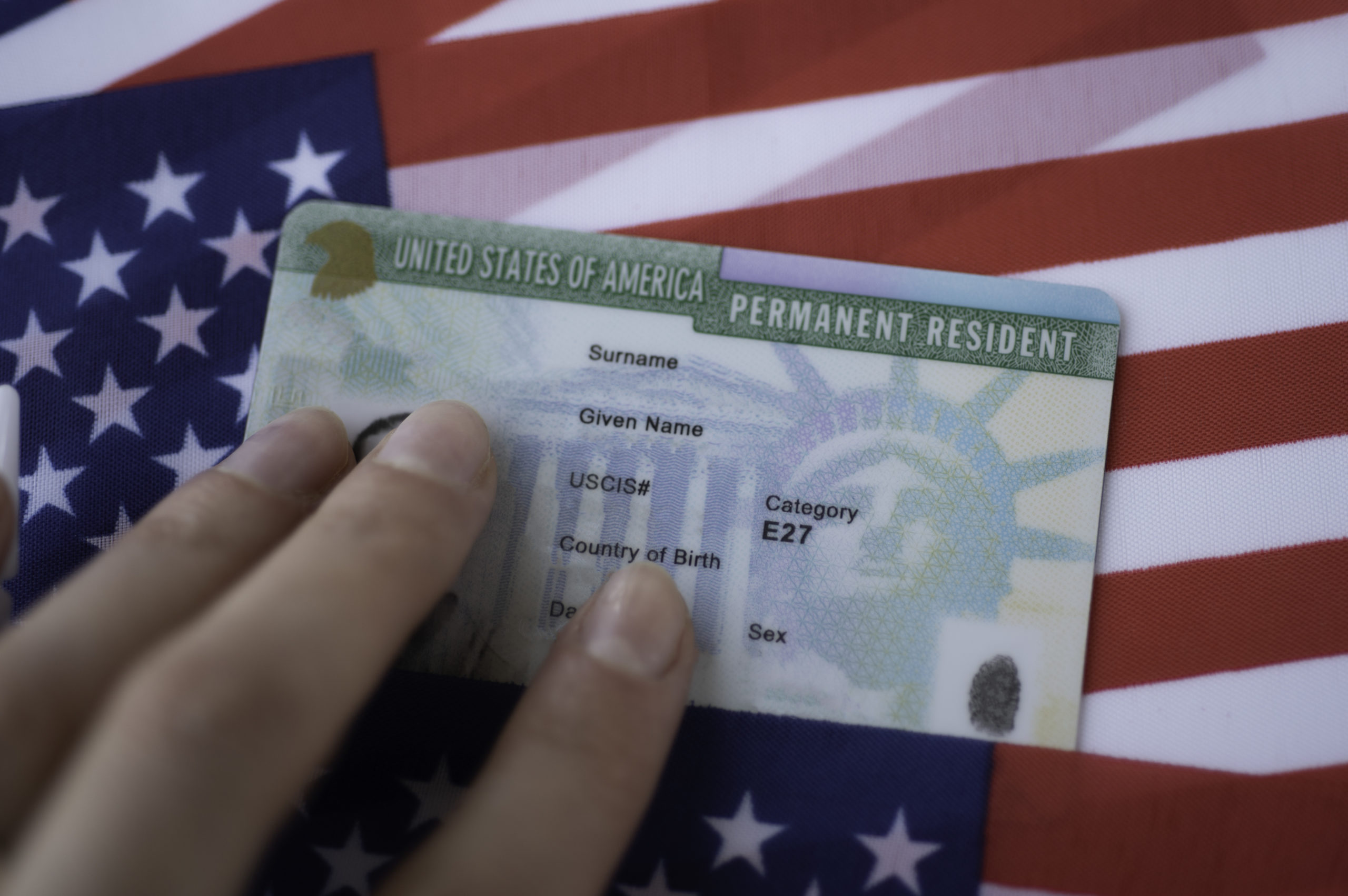Imagine this: You're in a high-stakes boardroom in Tokyo, negotiating a multimillion-dollar partnership with a Japanese tech firm. The air is thick with anticipation, but as the conversation heats up, subtle nuances in language start slipping through the cracks. A poorly translated phrase turns a polite inquiry into an unintended offense, and suddenly, the deal teeters on the edge. This isn't just a hypothetical nightmare—it's a reality for many first-time international travelers or business leaders venturing abroad without professional help. Professional interpreters aren't luxuries; they're lifelines in our increasingly globalized world. According to a 2023 report by Common Sense Advisory, a leading language services research firm, miscommunication in multilingual business settings costs companies an average of $62 billion annually in lost productivity and opportunities. Hiring the right interpreter can bridge those gaps, ensuring your message lands as intended and paving the way for successful cross-cultural exchanges.
If you're dipping your toes into overseas hiring for the first time—whether for a conference, legal deposition, or casual business meetup—this guide walks you through every step. We'll break it down logically, from pinpointing your needs to nailing the on-site collaboration, all backed by practical tips and real-world insights.
Step 1: Clarify Your Interpretation Needs
Before you even start searching, take a moment to assess what kind of interpretation suits your scenario. Not all interpreting services are created equal, and choosing the wrong type can lead to frustration or inefficiency. Here's how to break it down:
Simultaneous Interpretation (SI): Ideal for large conferences or live events where the interpreter translates in real-time, often using specialized equipment like headsets. This keeps the flow uninterrupted but requires highly skilled professionals. If your event involves multiple speakers or a fast-paced agenda, SI is your go-to. For context, the United Nations relies on SI for its assemblies, highlighting its precision in high-pressure environments.
Consecutive Interpretation (CI): This involves the speaker pausing after a few sentences, allowing the interpreter to relay the message. It's perfect for smaller meetings, negotiations, or interviews where accuracy trumps speed. CI is often more cost-effective and allows for clarifications on the spot.
Escort or Liaison Interpretation: Think of this as a flexible, on-the-go service for tours, site visits, or informal discussions. The interpreter accompanies you, handling casual conversations without formal setups. It's less demanding but still crucial for navigating cultural subtleties.
To decide, ask yourself: How many people are involved? Is timing critical? What's the setting—formal or relaxed? A study by the International Association of Conference Interpreters (AIIC) notes that mismatched interpretation types contribute to 40% of communication breakdowns in international events. By aligning your needs early, you avoid costly pivots later.
Step 2: Sourcing Qualified Interpreters
Once your requirements are clear, the hunt begins. Skip the generic freelance sites; focus on vetted channels to ensure quality. Start with professional associations like Australia's NAATI (National Accreditation Authority for Translators and Interpreters) or Germany's BDÜ (Federal Association of Interpreters and Translators). These bodies maintain directories of certified members, often with searchable filters for languages and specialties.
Reputable agencies can make the process even smoother—take Artlangs Translation, for instance, which specializes in providing professional interpretation services across a vast array of scenarios, with expertise in over 230 languages. Whether you're dealing with rare dialects or high-tech jargon, partnering with established firms like this ensures access to a global network of vetted interpreters. Other strong options include Lionbridge or TransPerfect, which also excel in matching clients with experts abroad. For niche needs, like medical or legal interpreting, check platforms like the American Translators Association (ATA) database.
Screening is key: Request resumes highlighting experience in your industry—say, tech or finance—and verify credentials through references or certification proofs. Look for memberships in organizations like AIIC, which requires rigorous exams and ongoing training. A 2024 survey by Slator, a language industry intelligence firm, found that certified interpreters deliver 25% higher satisfaction rates in client feedback compared to non-certified ones. Don't hesitate to conduct a short trial call to gauge rapport and accuracy.
Step 3: Communicate Effectively and Understand Quotes
Clear communication from the outset sets the tone for a smooth partnership. When reaching out, provide specifics: event date, location, languages involved (e.g., English to Mandarin), duration, and any technical jargon. If it's a medical conference, mention terms like "biomarkers" or "clinical trials" so the interpreter can prepare.
Quotes can seem daunting, but break them down: Expect charges for preparation time, travel, equipment rental (for SI), and overtime. Daily rates often range based on location and expertise, but always factor in per diem for meals and lodging if abroad. A transparent agency will itemize these—question any vague "miscellaneous" fees.
Pro tip: Use tools like Google Translate sparingly for initial emails; opt for professional phrasing to build trust. According to a Harvard Business Review article on cross-cultural negotiations, explicit briefs reduce misinterpretation risks by up to 30%, turning potential headaches into seamless collaborations.
Step 4: Prepare Thoroughly Before the Event
Preparation isn't just polite—it's essential for peak performance. Share background materials at least a week in advance: agendas, speaker bios, glossaries of key terms, and any slides or scripts. This allows the interpreter to familiarize themselves with context, idioms, and industry-specific lingo.
Here's a must-have materials checklist:
- Event schedule and participant list
- Key documents or presentations
- Glossary of acronyms and technical terms
- Cultural notes (e.g., avoid certain gestures in specific countries)
- Emergency contacts and logistics details
The European Commission's Directorate-General for Interpretation emphasizes that well-prepared materials can boost interpretation accuracy by 50%. Skimping here might save time upfront but could derail your objectives mid-event.
Step 5: Collaborate Seamlessly On-Site
On the day, treat your interpreter as a partner, not an accessory. Speak clearly and at a moderate pace—aim for 120-150 words per minute in CI to allow accurate relay. Pause naturally, and avoid overlapping speech.
Etiquette matters: Position them comfortably (with good sightlines for SI), provide breaks every 20-30 minutes to prevent fatigue, and debrief afterward for feedback. If issues arise, address them calmly; remember, they're human too.
Techniques like active listening—rephrasing for confirmation—can enhance outcomes. In a global survey by the Interpreting Journal, 85% of professionals reported that collaborative clients led to more effective sessions, underscoring the power of mutual respect.
Wrapping It Up: Your Path to Flawless Cross-Border Communication
Hiring an interpreter abroad for the first time might feel overwhelming, but by clarifying needs, sourcing pros, communicating clearly, preparing diligently, and collaborating effectively, you'll transform potential barriers into bridges. With globalization accelerating—projected to add $9 trillion to the world economy by 2030 per McKinsey—mastering this skill isn't optional; it's a competitive edge.
Dive in with confidence, armed with this guide, and watch your international ventures thrive. If you've got a trip on the horizon, start scouting today—smooth communication awaits.











